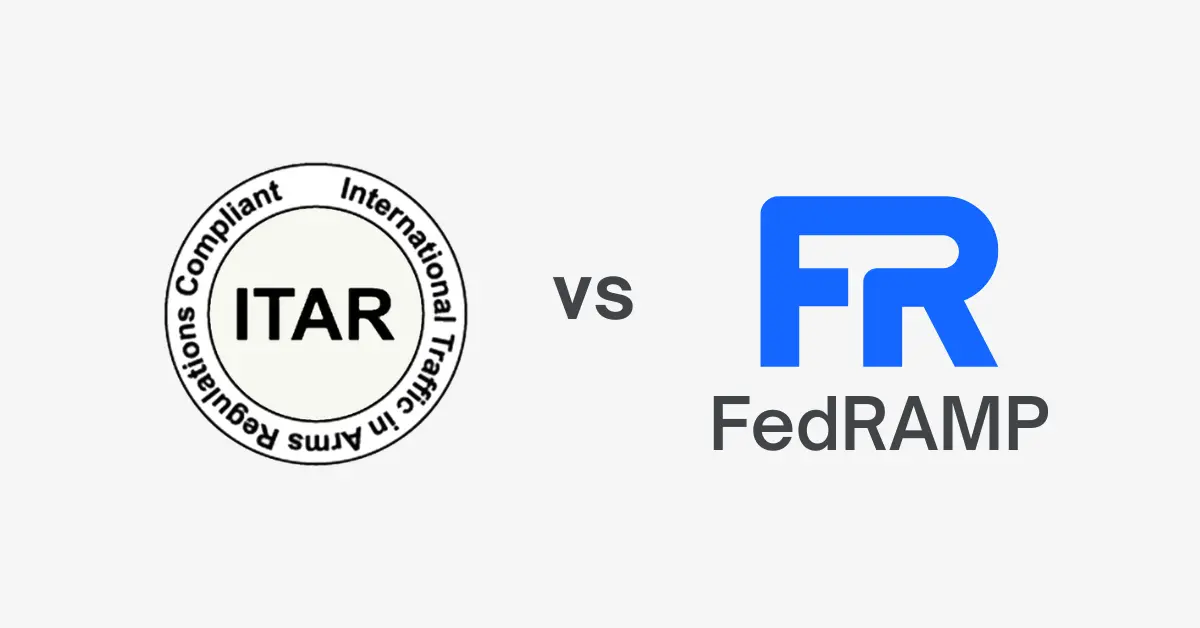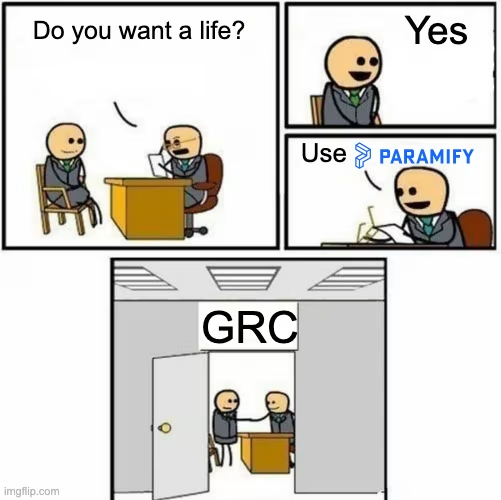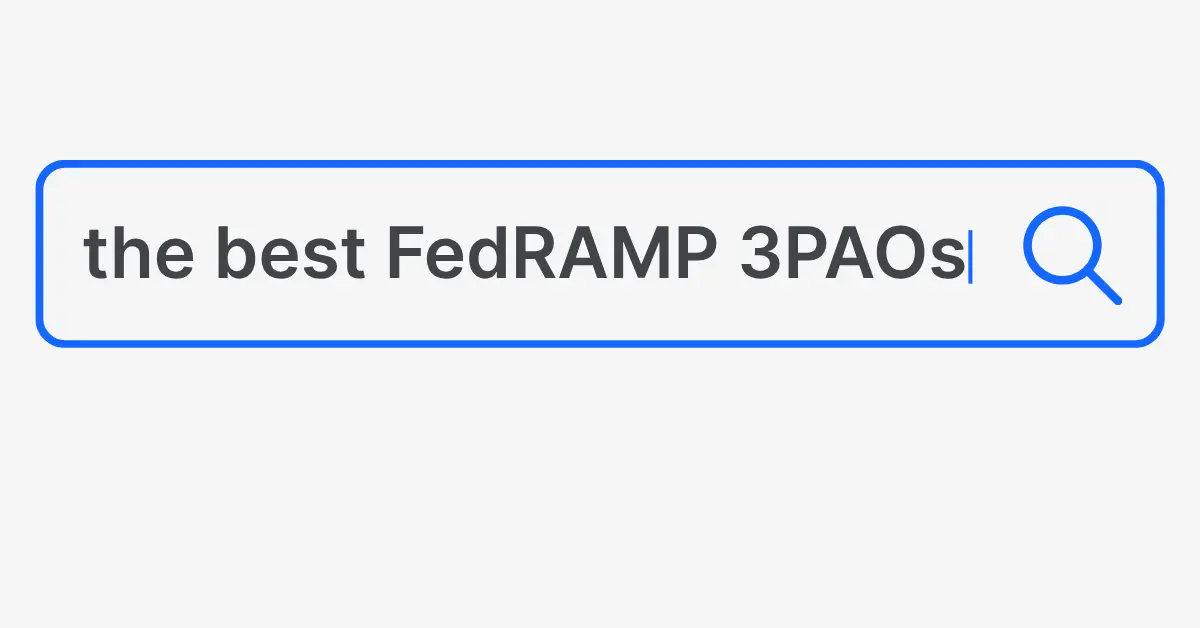In This Article

Ever wondered what the difference is between FedRAMP and ITAR? Both relate to handling sensitive information for federal purposes, but they serve distinct roles.
FedRAMP focuses on securing cloud environments for federal agencies, but ITAR governs the access and sharing of defense-related technologies.
Here’s a full breakdown of the differences, the relationship between FedRAMP and ITAR.
What is FedRAMP Compliance?
FedRAMP, or the Federal Risk and Authorization Management Program, is a government-wide program that standardizes the security assessment, authorization, and continuous monitoring for cloud products and services used by federal agencies.
It's essentially a framework that cloud service providers must adhere to if they want to serve U.S. government clients, promoting consistency and reducing redundant audits.
→ Learn more about What FedRAMP is and the easiest way to get started
Primary Goal of FedRAMP
The goal here is to ensure that cloud systems are secure enough to handle federal data.
Getting FedRAMP authorized requires implementing rigorous controls around data protection, access management, and ongoing compliance monitoring. Read about the FedRAMP compliance process for more detail.
FedRAMP authorizations come in impact levels like Low, Moderate and High, depending on the sensitivity of the data involved.
FedRAMP 20x was also introduced in 2025. The pilot program is built to simplify and add more automation to the process. We believe 20x is the future of compliance, check out the video to find out why:
→ Is FedRAMP 20x right for you?
What is ITAR?
ITAR, which stands for International Traffic in Arms Regulations, is a set of U.S. regulations administered by the Department of State. It controls the export and import of defense-related articles and services listed on the United States Munitions List (USML).
This includes weapons, defense systems, military-grade software, and associated technical data. ITAR applies broadly to companies, universities, and individuals involved in developing, manufacturing, or distributing these items.
Focus of ITAR
The core focus is preventing unauthorized foreign access to sensitive technologies that could impact national security.
Key aspects of ITAR compliance include:
- Data Residency and Storage: ITAR-controlled technical data must remain on U.S. soil. This means no backups, archives, or mirrors can be stored outside the U.S. without explicit State Department authorization, which is a complex and time-consuming process. Many public cloud providers replicate data globally by default, so ITAR-compliant setups require geofencing to U.S. regions only.
- Access Controls: Only U.S. persons—defined as U.S. citizens or lawful permanent residents—can access ITAR data without special approval. This extends to identity and access management (IAM) systems, requiring thorough vetting and background checks beyond standard HR processes. Even remote system administrators or support staff outside the U.S. could trigger violations.
- Encryption and Key Management: Data must be encrypted both in transit and at rest. Encryption keys should ideally be managed in the U.S. by U.S. persons, avoiding any reliance on foreign-based key escrow or support services. This is critical for technologies like encryption algorithms that could have dual-use applications.
- Cloud Provider Contracts: Not all cloud providers support ITAR. Compliant options include Microsoft Azure Government, AWS GovCloud, Google Cloud Assured Workloads, and Oracle Cloud. Providers must demonstrate ITAR-specific SLAs, boundary definitions, and compliance attestations, often building on FedRAMP foundations.
- Software Development and Support: Development teams must evaluate if source code, design documents, or other artifacts fall under ITAR. Offshoring development, QA, or support that interacts with ITAR data is prohibited. CI/CD pipelines and repositories need to be hosted in ITAR-compliant environments.
- Third-Party Integrations: All components and integrations must be vetted for compliance to avoid legal risks.
Key Differences Between FedRAMP and ITAR
While both frameworks aim to protect sensitive information, their scopes and emphases are significantly different. Basically, FedRAMP is a security certification program for clouds, while ITAR is a regulatory regime for controlling defense exports.
Here are the main differences:
How Are FedRAMP and ITAR Related?
There's notable overlap, especially when federal data involves defense-related information.
For example, if a cloud system handles ITAR-controlled data for a federal agency, it often needs both FedRAMP authorization and ITAR compliance.
Many ITAR-compliant clouds build on FedRAMP baselines, incorporating additional controls like enhanced access restrictions and data localization.
This does mean that achieving FedRAMP can simplify parts of ITAR compliance, such as encryption standards and IAM, but ITAR adds layers like personnel nationality verification.
Paramify Can Help with FedRAMP Compliance

Considering FedRAMP, but confused? Start with Paramify. You can simplify and streamline the process from start to ConMon with our tool. Many of our users were even able to achieve FedRAMP 20x in less than 30 days.
While Paramify focuses on FedRAMP, our Risk Solutions — a structured approach to security controls — can indirectly support environments where FedRAMP and ITAR intersect, ensuring robust data protection without overcomplicating workflows.
Feel free to reach out with any questions about FedRAMP or ITAR. Our team loves to help! You can learn more about simplifying compliance with Paramify with a live demo or by requesting a demo video below to watch at your convenience.




